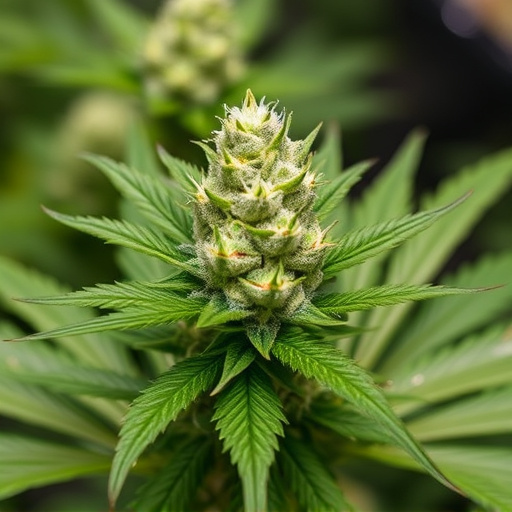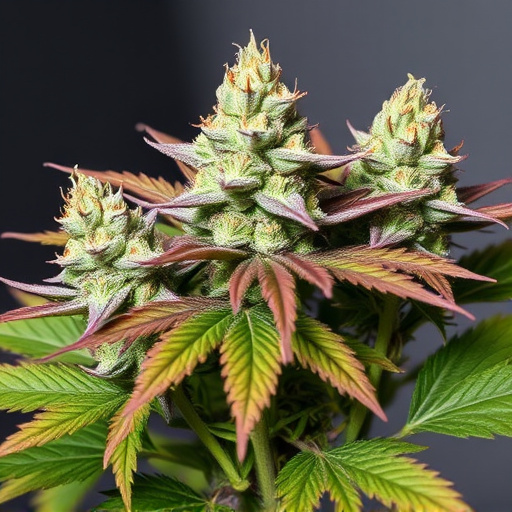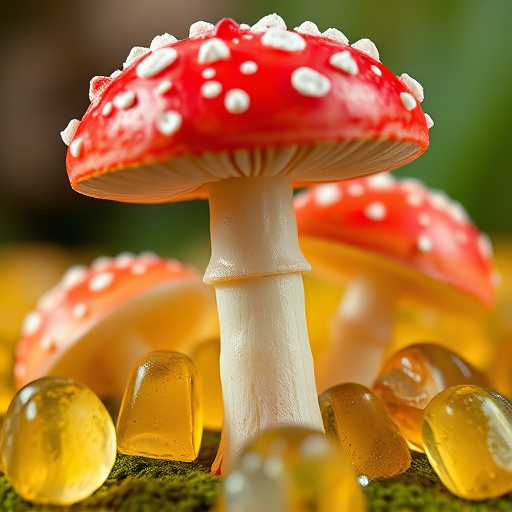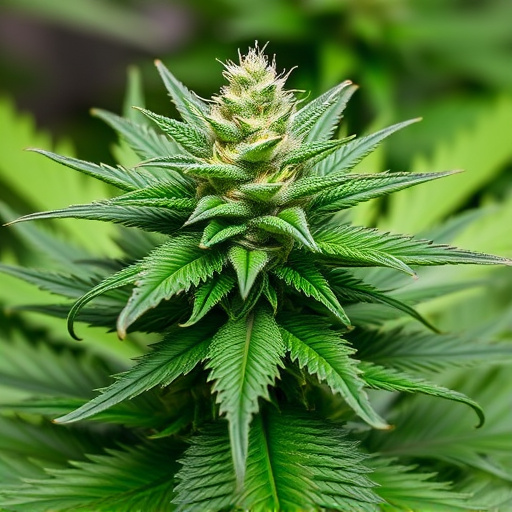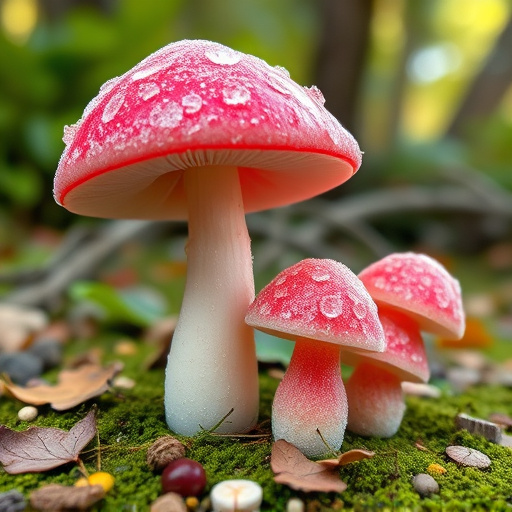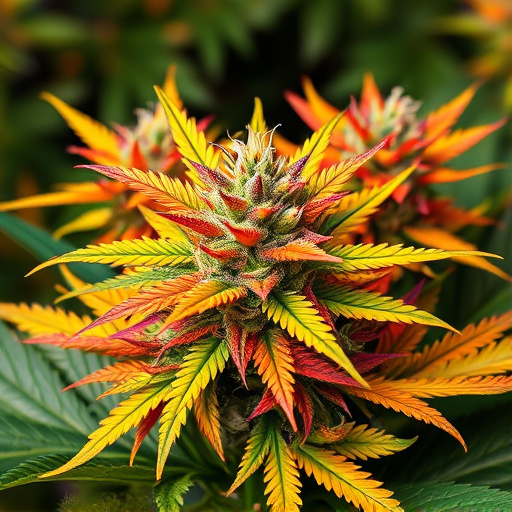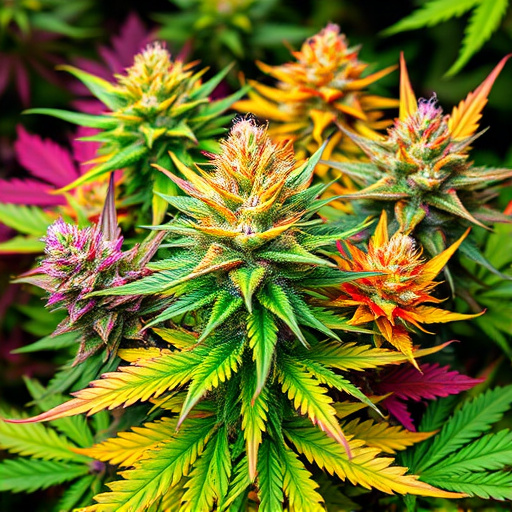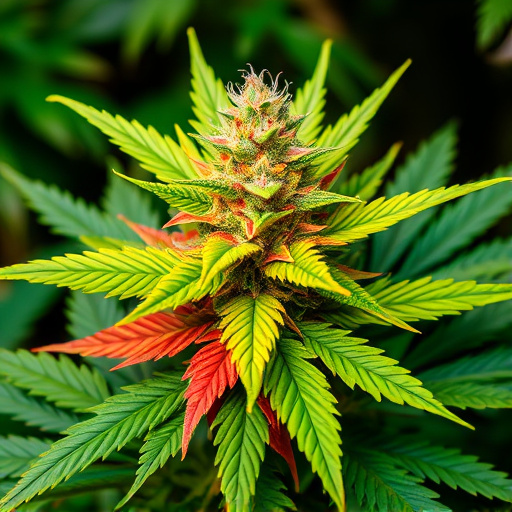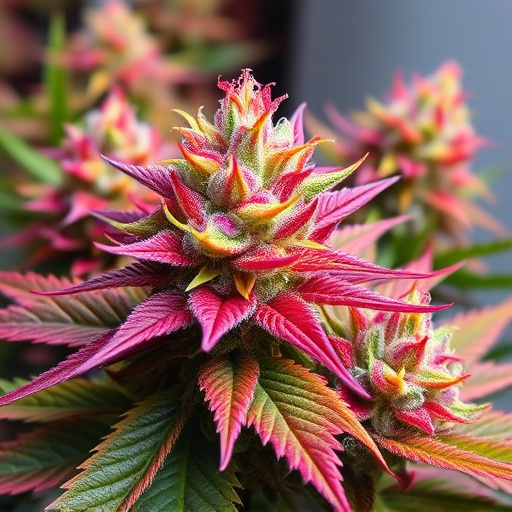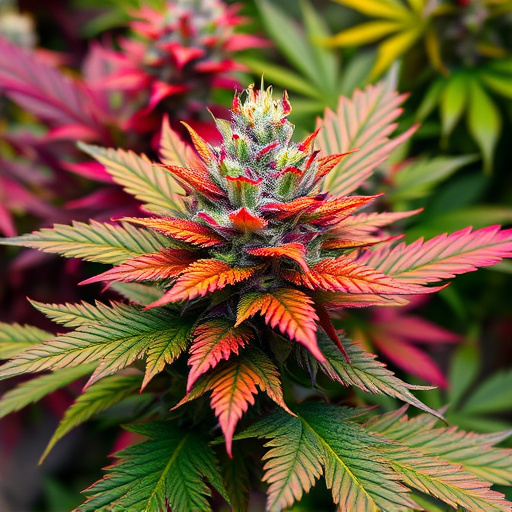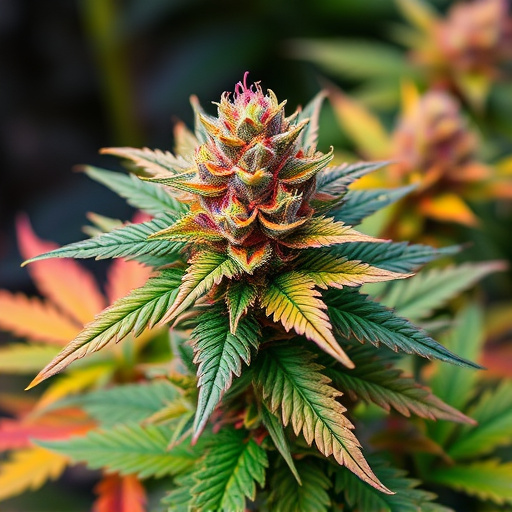Smoking cannabis, especially potent and colorful strains, can instantly alter senses, enhancing perceptions but causing temporary side effects like red eyes, dry mouth, and increased appetite. While symptoms usually subside within hours, frequent exposure may lead to longer-term issues. These strains significantly impact users' mental health, potentially heightening anxiety and paranoia, particularly in vulnerable individuals, disrupting daily life and affecting performance. Understanding these risks is crucial when considering the appeal of colorful marijuana strains.
“Unveiling the Hidden Side Effects of Smoking Weed: A Comprehensive Guide. While cannabis is gaining popularity for its potential therapeutic benefits, it’s crucial to understand its short-term and long-term impacts on both physical and mental health. From heightened senses to respiratory issues and even addiction, this article explores the various side effects of marijuana use. We delve into the science behind different strains, shedding light on the differences between Indica and Sativa, the role of THC and CBD, and how these factors influence user experiences. Discover why knowing your colorful marijuana strains is essential for informed decision-making.”
- Short-Term Effects of Smoking Weed
- – Physical reactions: Dizziness, redness of eyes and skin, increased heart rate, shortness of breath
- – Mental impacts: Altered perception, heightened senses, anxiety, paranoia, difficulty concentrating
Short-Term Effects of Smoking Weed
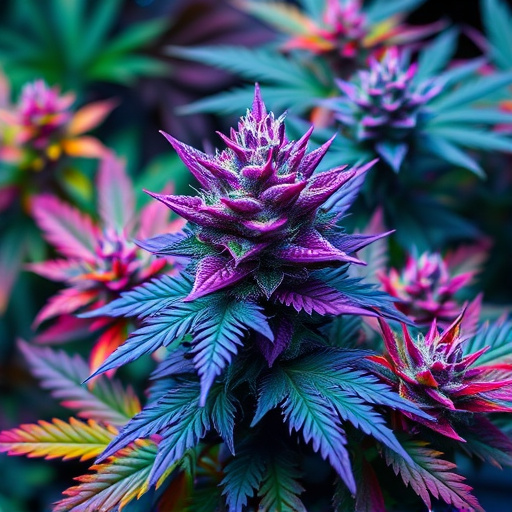
Smoking weed, or cannabis, can have immediate and noticeable effects on your body and mind, especially in the short term. Users often experience heightened senses, with vibrant colors appearing more intense and flavors becoming more pronounced. This is due to the activation of certain receptors in the brain by THC (tetrahydrocannabinol), the primary psychoactive compound in marijuana. The sensory enhancement from colorful marijuana strains can be quite appealing, but it’s important to understand that these effects are temporary.
In the short term, smoking weed can also lead to altered perceptions and coordination. Some users report feeling euphoric or anxious, while others might experience distorted time perception. Physical side effects may include dry mouth, red eyes, and increased appetite—a phenomenon often referred to as “the munchies.” These symptoms typically subside after a few hours, but frequent short-term exposure could potentially lead to more significant issues over time.
– Physical reactions: Dizziness, redness of eyes and skin, increased heart rate, shortness of breath
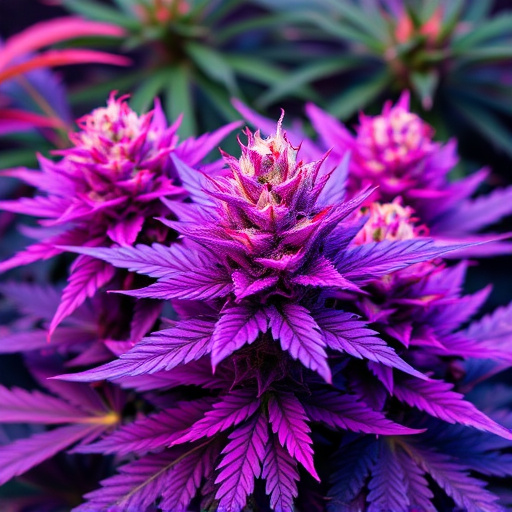
When consuming marijuana, particularly with more potent and colorful marijuana strains, users often experience a range of physical reactions. One of the most immediate effects is dizziness, which can be disorienting and may impact coordination. Additionally, the eyes and skin tend to become redder, indicating increased blood flow caused by the substance’s active compounds. Beyond that, smoking weed can lead to an accelerated heart rate, causing palpitations or a sensation of fluttery beats. Shortness of breath is another common physical reaction, where individuals might feel difficulty taking deep breaths or experience coughing fits. These symptoms are generally temporary but can be more pronounced in those who consume higher doses or have pre-existing respiratory conditions.
– Mental impacts: Altered perception, heightened senses, anxiety, paranoia, difficulty concentrating
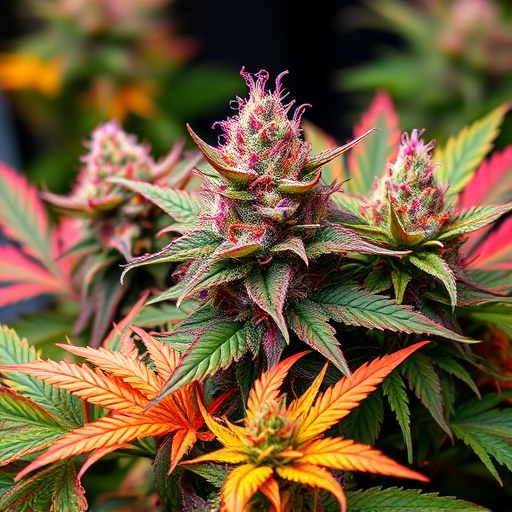
Smoking weed can have significant mental impacts on users, especially those who consume potent and colorful marijuana strains. While cannabis is known to alter one’s perception and heighten senses, offering a unique sensory experience, it can also trigger adverse effects. Users may encounter heightened anxiety and paranoia, feeling as if they are under constant surveillance or experiencing intense fear. These feelings can be particularly pronounced in environments where users feel vulnerable or unsure of their surroundings.
Additionally, focus and concentration become challenging after consuming marijuana. The active compounds in the plant can impair cognitive functions, making it difficult to concentrate on simple tasks or maintain attention for extended periods. This effect may impact daily life, affecting academic performance, work productivity, and overall mental clarity. The intensity of these mental impacts varies among individuals but is a crucial factor to consider when exploring the use of colorful marijuana strains.
While some may enjoy the effects of smoking weed, particularly with the diverse and often colorful marijuana strains available today, it’s crucial to remember that these substances carry potential short-term side effects. From dizziness and altered perceptions to anxiety and paranoia, the impact on both mind and body can be significant. Understanding these consequences is essential for making informed decisions about substance use.
